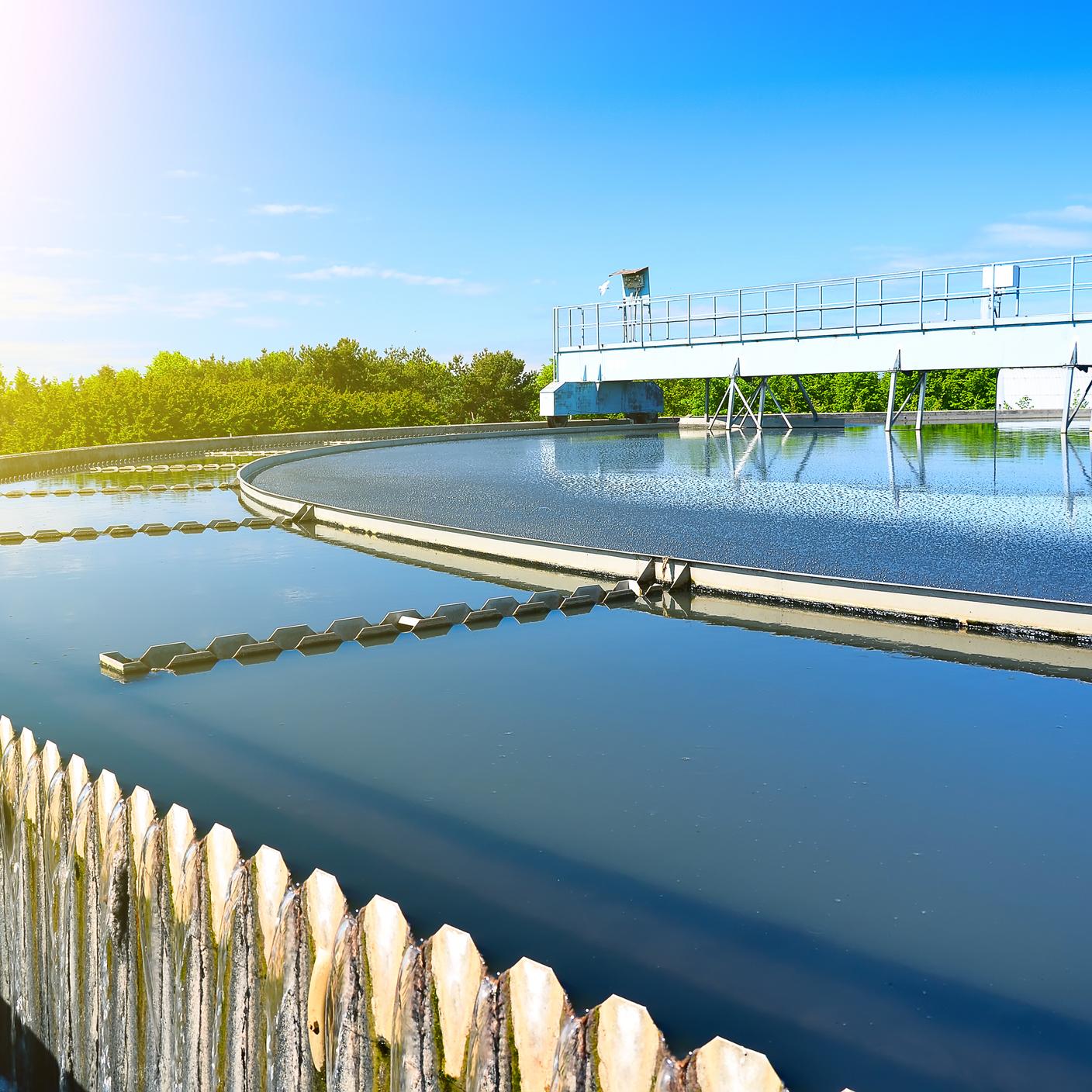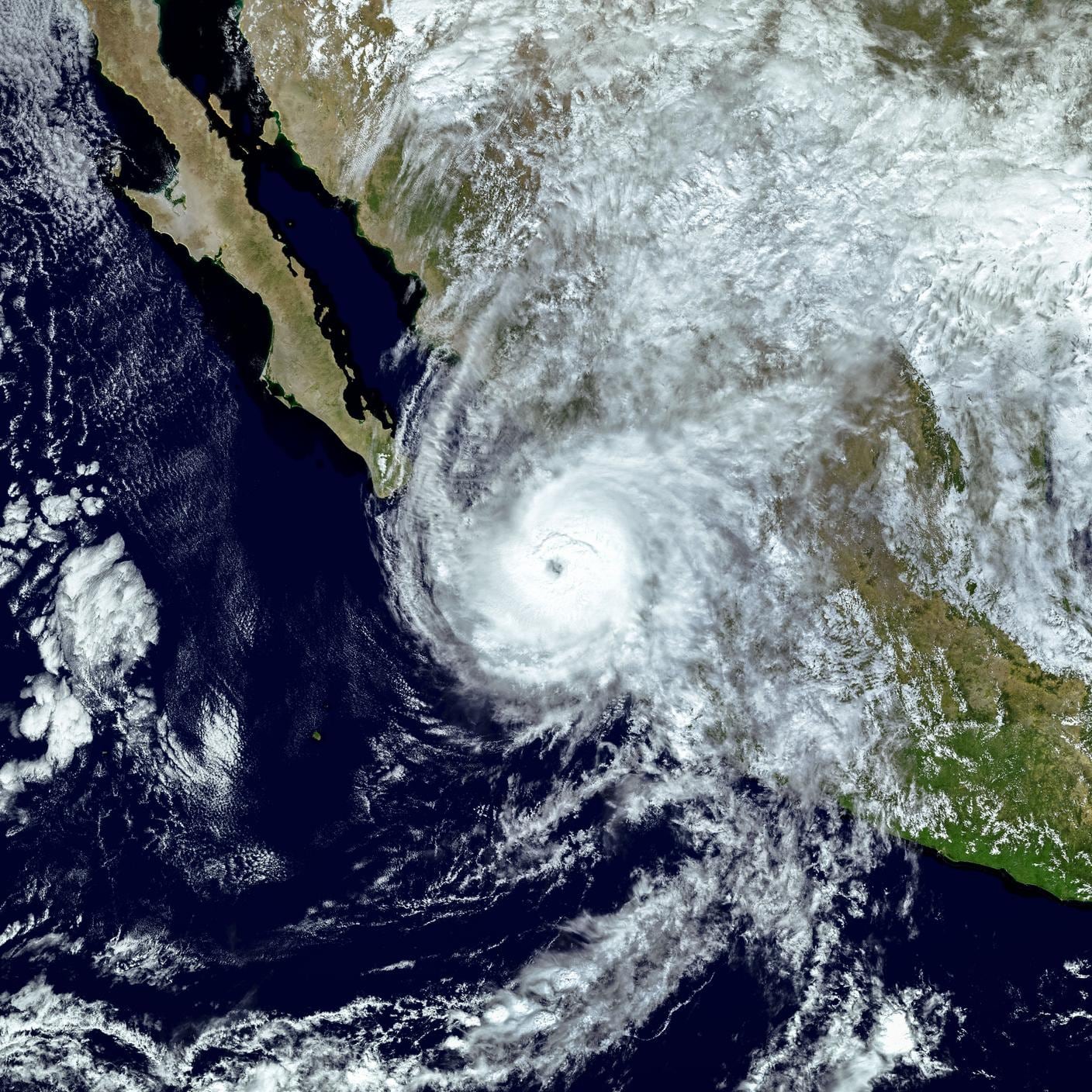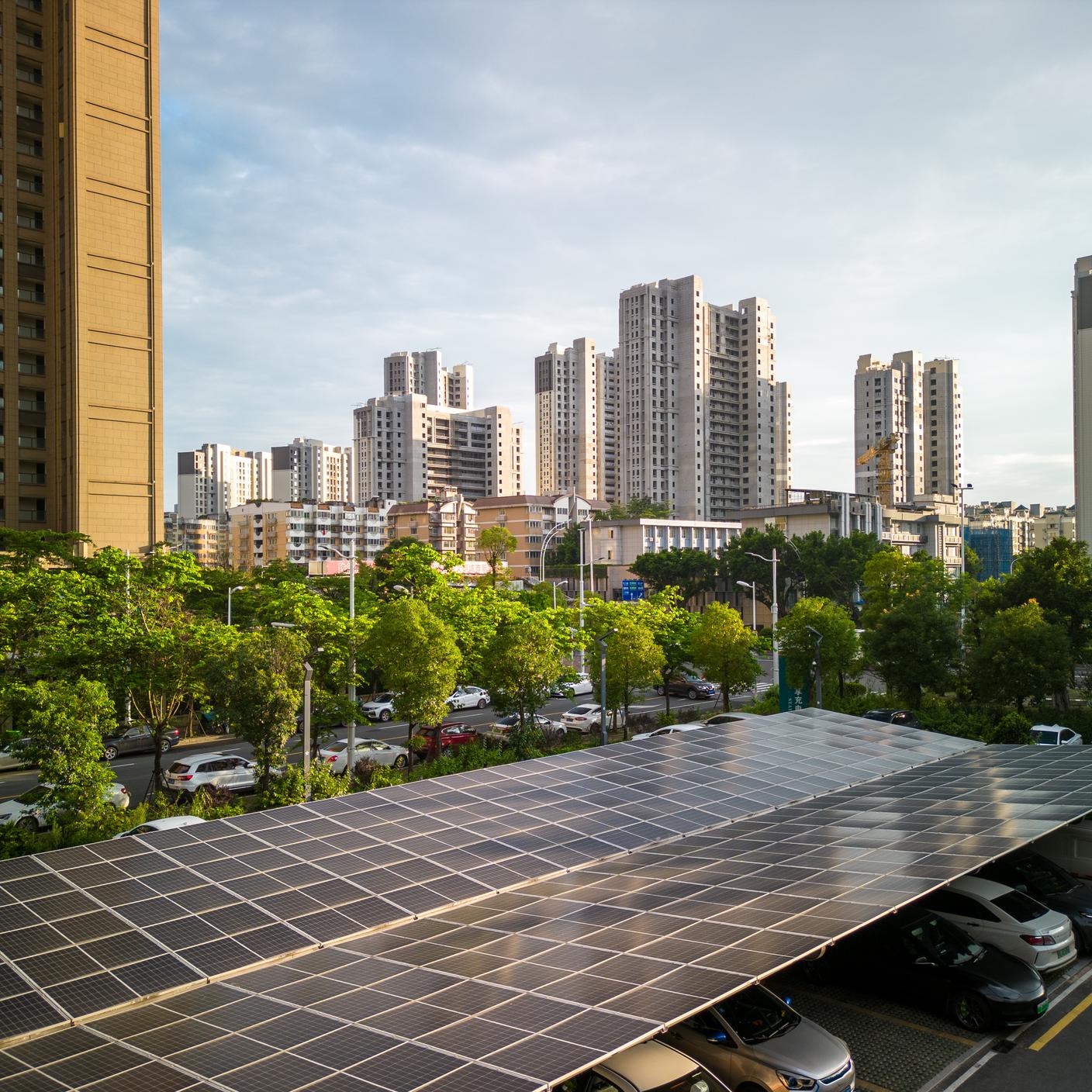The energy sector is undergoing a fundamental shift to meet Net Zero goals, even as economic uncertainty, geopolitical pressures, and growing climate risks complicate the landscape. Yet within this lies a powerful opportunity: to unlock green growth, accelerate innovation and build a resilient, low-carbon future.
Central to this is renewable energy, a sector experiencing significant growth, with global use surpassing 30% of overall energy use in 2023. The International Energy Agency (IEA) expects this to continue, forecasting 46% of global electricity use from renewables by 2030, and renewable consumption in the power, heat and transport sectors to increase near 60% in the same timeframe. This is cause for optimism in the fight against climate change, as the IEA also estimates this will avoid 7 billion tonnes of emissions, reducing pollution and climate change from fossil fuels.
Yet as positive as this is, the materials needed to store intermittent renewable energy and build the components needed for renewable energy technologies are finite. As the industry grows, this could present emissions challenges of its own.
The design and development of renewable energy infrastructure could itself contribute to greenhouse gas emissions and also biodiversity loss. Waste within the sector also poses a challenge, with estimates there will be 2 million tonnes of Lithium-ion battery waste by 2030 and 43 million tonnes of wind turbine blade waste by 2050.
Clearly, renewables are central to the transition, so how do we square the circle? How do we balance the positive outcomes of renewable energy use while managing the waste associated with the sector? The solution is to move to a circular economy model where possible.
Circularity and renewables
The circular economy is a model designed to eliminate waste and promote resource efficiency by keeping materials and products in use for as long as possible through practices such as reuse, recycling, repairing, and refurbishing. The renewables sector could embrace circularity by ensuring renewable energy equipment, components, and materials are maintained at their maximum value during use – and then re-enter the economy after.
Design renewable energy infrastructure assets for a circular economy
Designing renewable energy infrastructure with circularity in mind offers the potential to extend the life of products and, accordingly, reduce costs, energy and raw materials extraction related to the production of new components. Life extension strategies can be considered at the early stage, for example designing components for easy maintenance, repair and upgrades.
Sector stakeholders also have a role to play here by setting expectations and supporting innovation. For example, investors can require manufacturers to design for disassembly, reuse and recycling, while policymakers can fund research and development on design for recycling.
Extending the life of existing renewable energy infrastructure
Standards can be a useful tool in extending the life of existing renewable energy infrastructure. Originally wind turbine blades were made of epoxy resin and other difficult-to-recycle materials, requiring the blade to be used and reused for as long as possible. Now, many installations have been up and running for more than 20 years and need to be re-assessed, to check if they can continue to operate, or need to be decommissioned and eventually recycled.
There are ongoing efforts by research projects funded by Innovate UK, including RESCUE - Regulations to Ensure Sustainable Circular Use at End-of-life, to explore the regulatory and legislative drivers and barriers impacting innovation in wind sector. BSI is an active contributor to the program to ensure standardization is responsive to key recommendations to embed circularity into wind turbine design and decommissioning practices.
The IEC Technical Committee 88, which prepares standards for wind energy generation systems, has also developed two technical specifications, IEC TS 61400-28 and IEC TS 61400-28-2, which deal with through-life management, life extension and recycling.
Build circular value chains
Collaboration will be key in building circular value chains, including to secure critical material supply. Policymakers can incentivise partnerships, for example via the introduction of product passports to enable second-life operators to take informed business decisions and allow recyclers to better plan their operations.
An example is the BSI Faraday Battery Challenge, designed to advance the production, use and recycling of batteries. BSI collaborated extensively with stakeholders from industry, academia, regulators, the R&D community and policymakers to pinpoint vital knowledge gaps and immediate standards development needs. The first phase developed three fast-track PAS Standards, the 706X suite, providing guidance on different elements of the battery value chain, and a base document on the safe storage of lithium-ion batteries.
Create the right economic policy conditions
Policymakers can also help to create the economic conditions to transition the sector to a circular economy, for example implementing Extended Producer Responsibility (EPR) policies that give financial and physical responsibility for treatment or disposal to the producer. The EU has already enforced EPR measures for batteries and photovoltaic panels. Extending this across the sector could help to ensure funding for the treatment of end-of-life equipment. Policymakers could also fund research and development into circularity to help further drive innovation and build trust in the circular renewables market to further spur private investment.
Conclusion
Transitioning our energy supply won’t happen overnight, and adopting a circular economy for renewable energy will take time. However, as the renewable sector continues to grow, adopting a circular approach to ultimately develop a system-wide circular economy offers enormous potential to maximise sustainability benefits and ultimately accelerate progress to a fair society and sustainable world.







